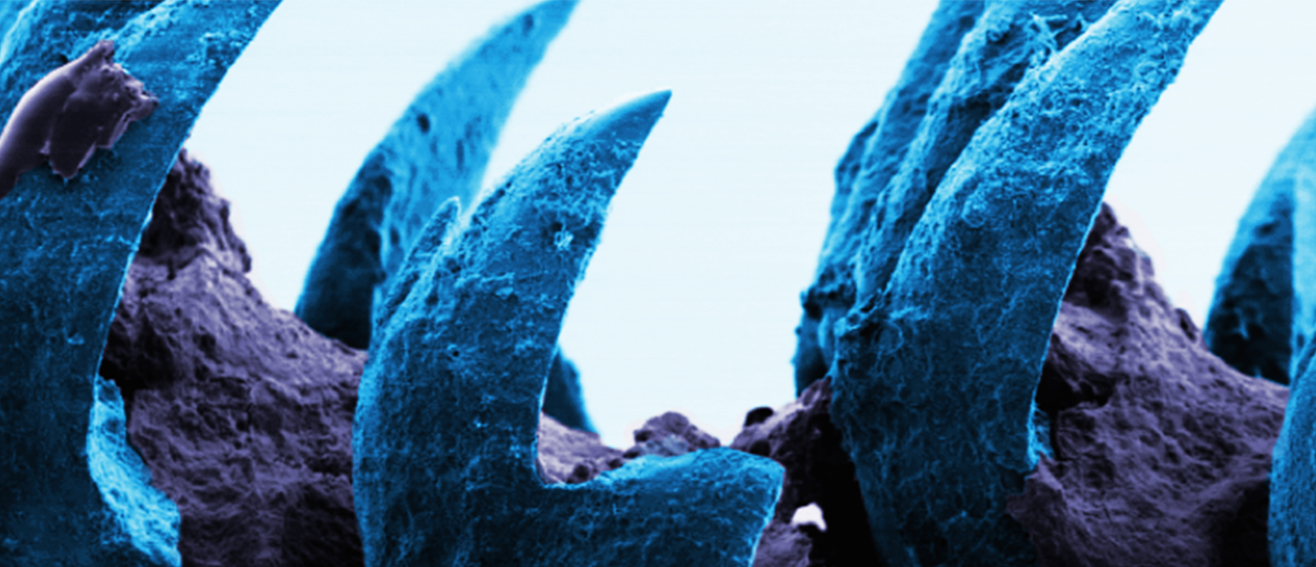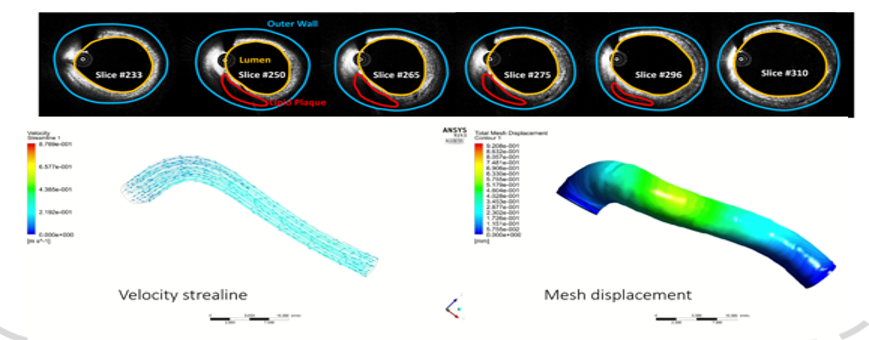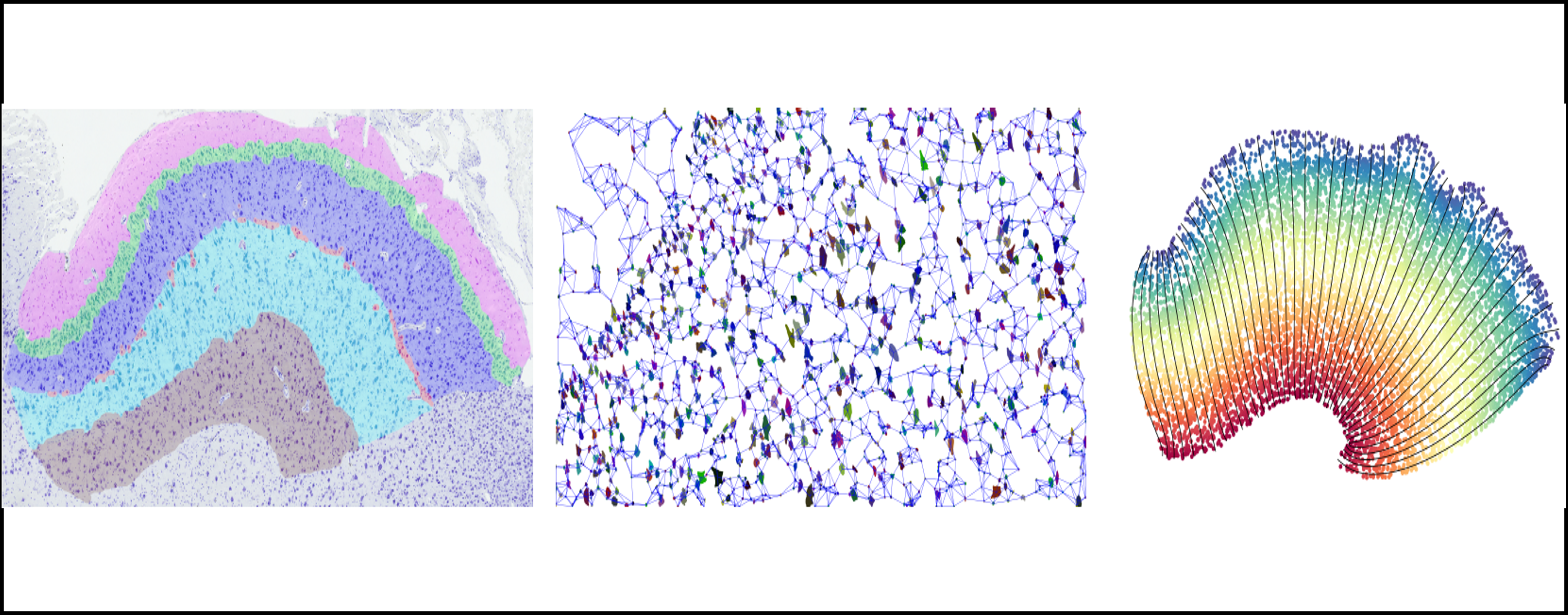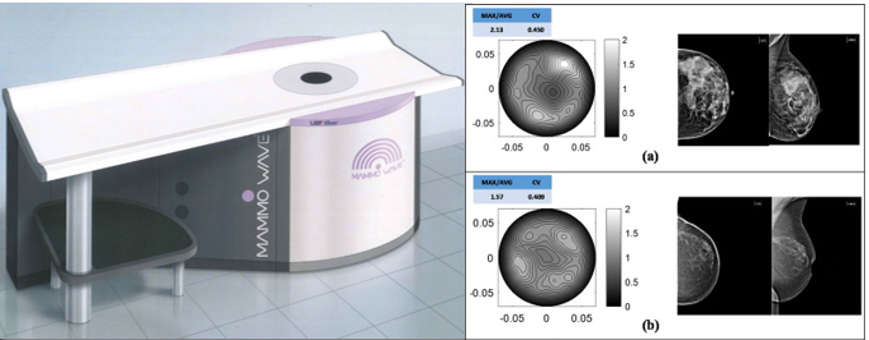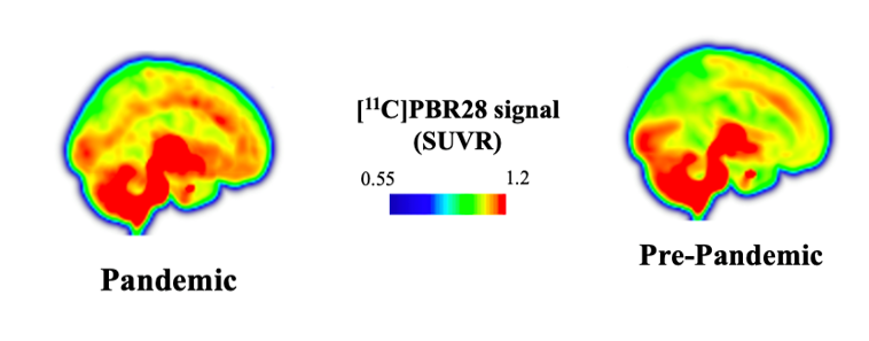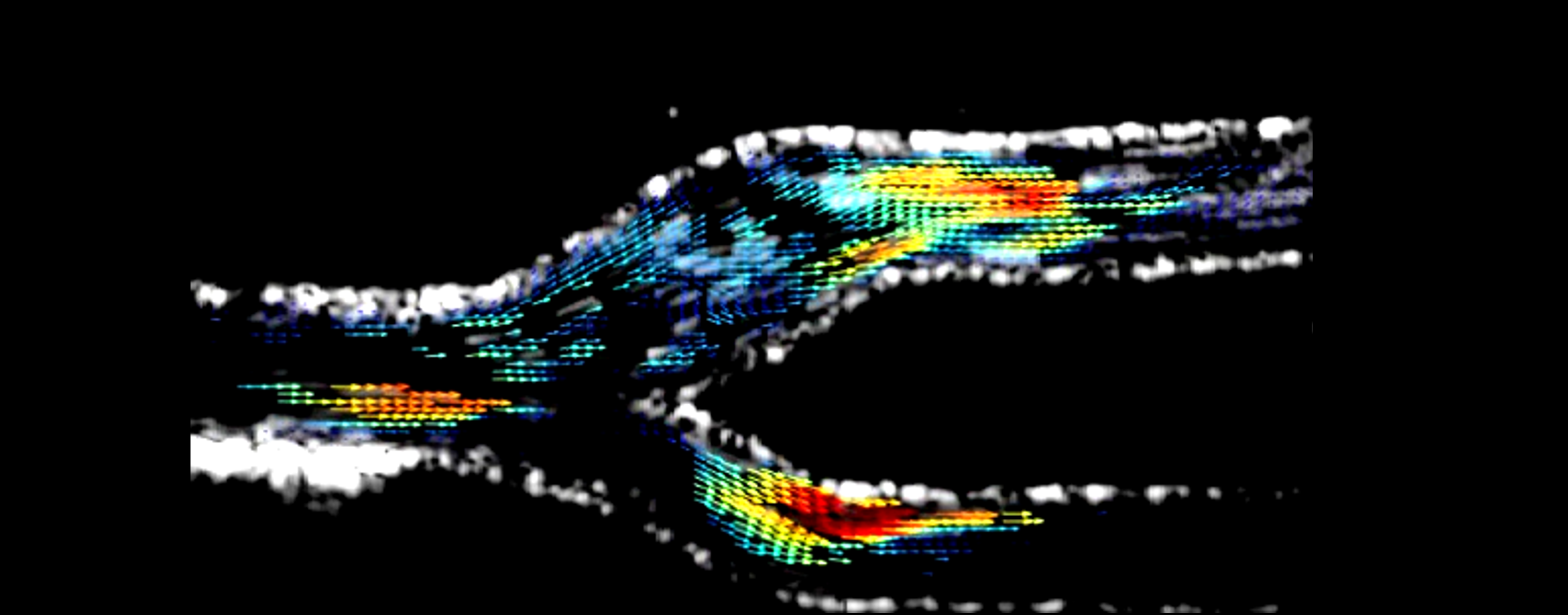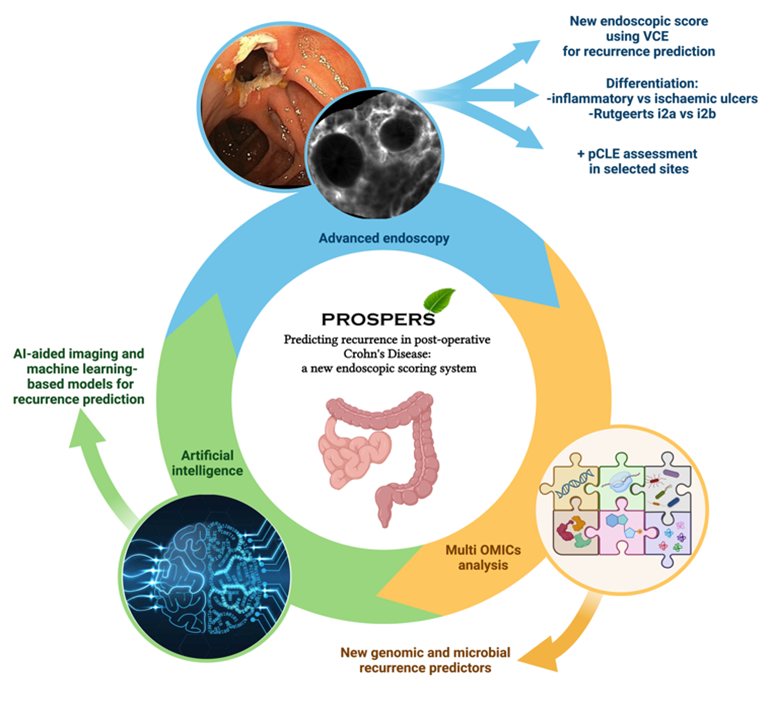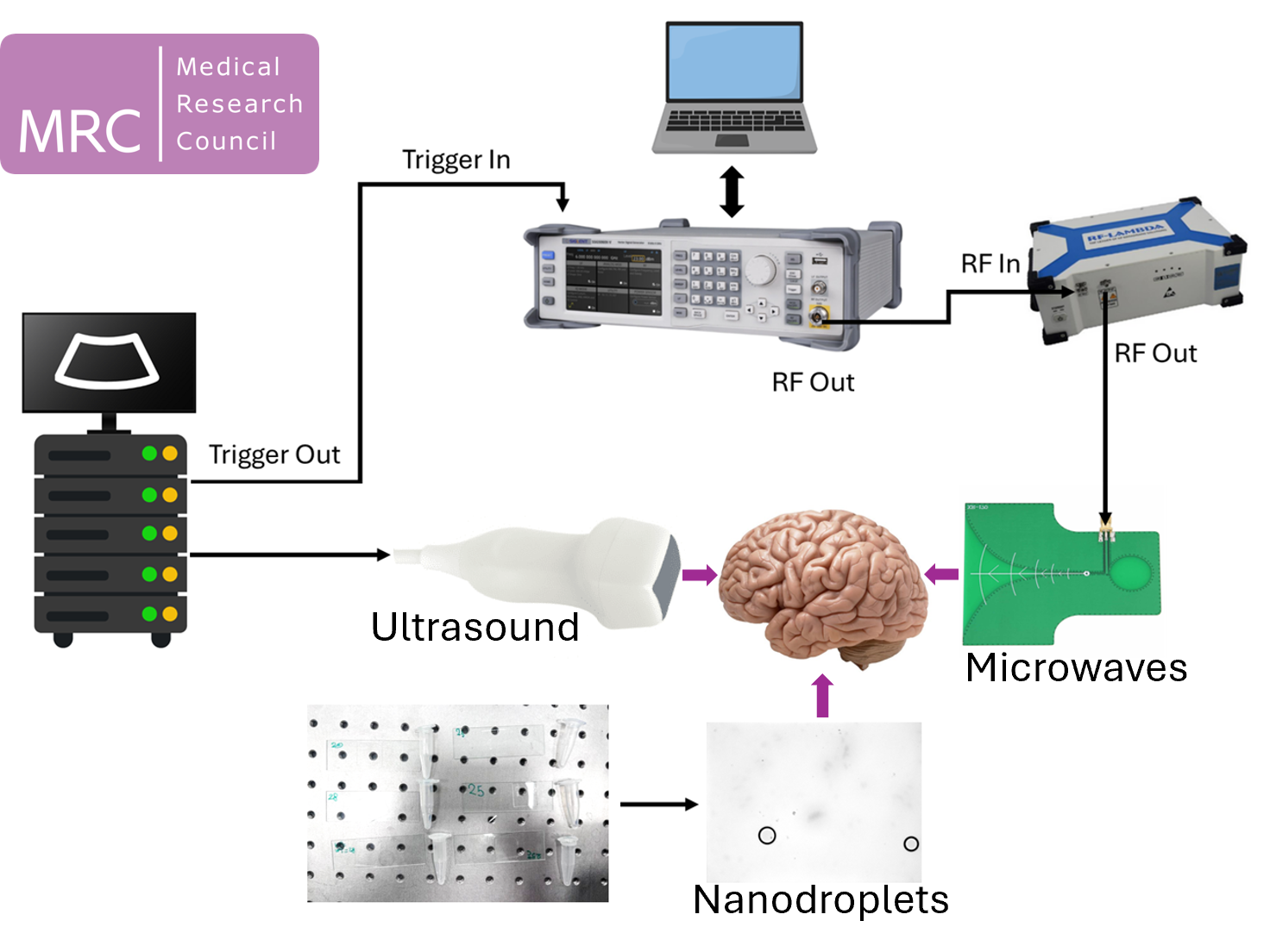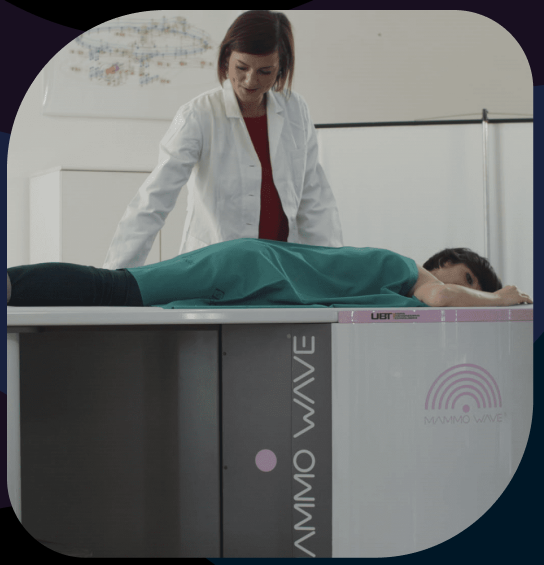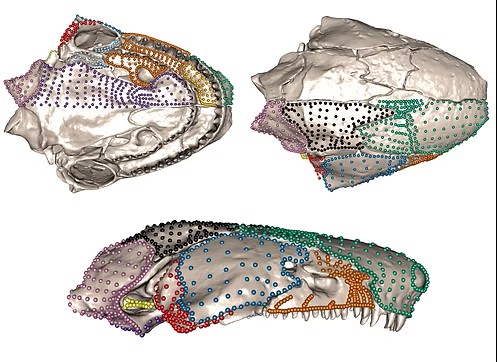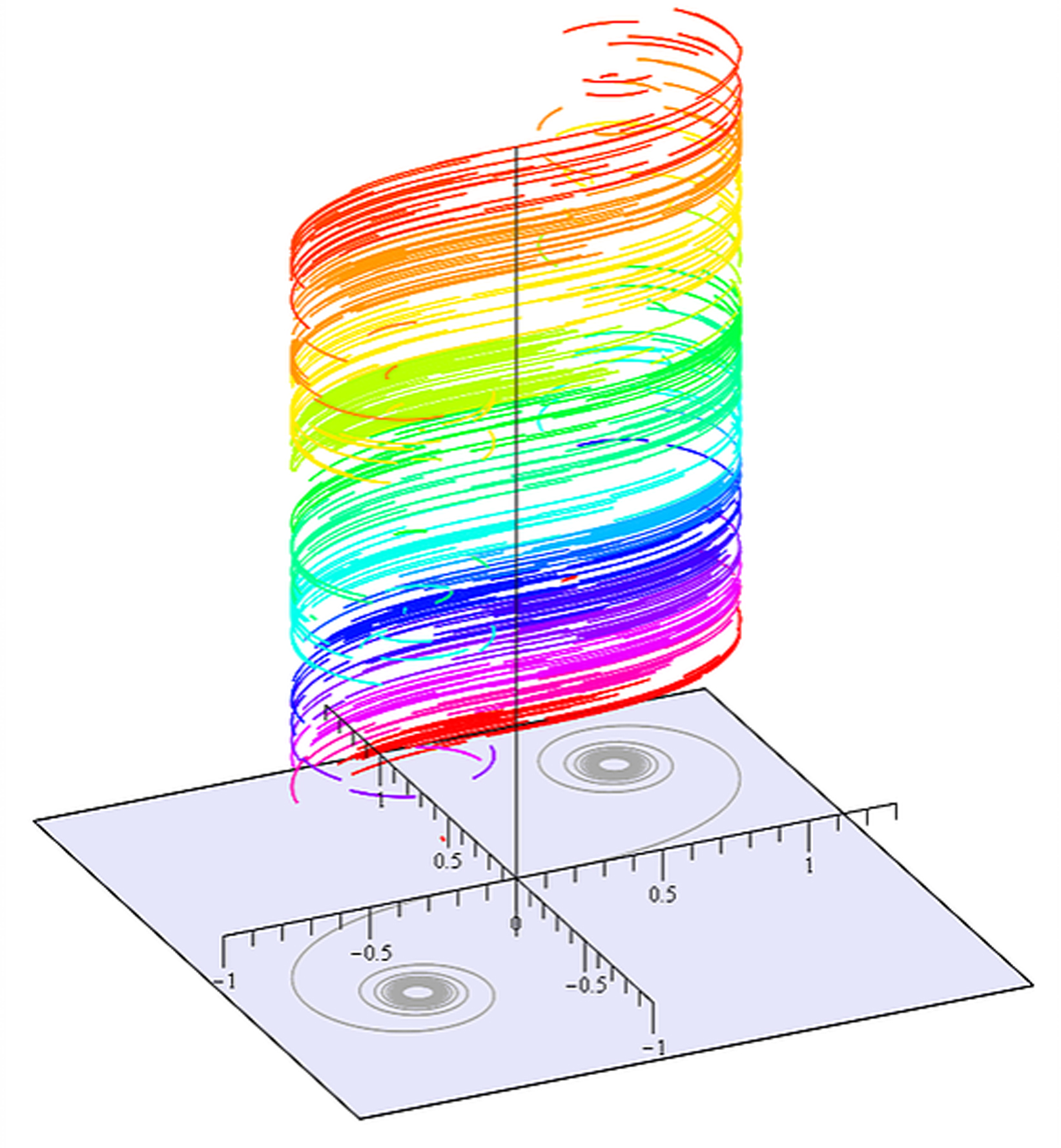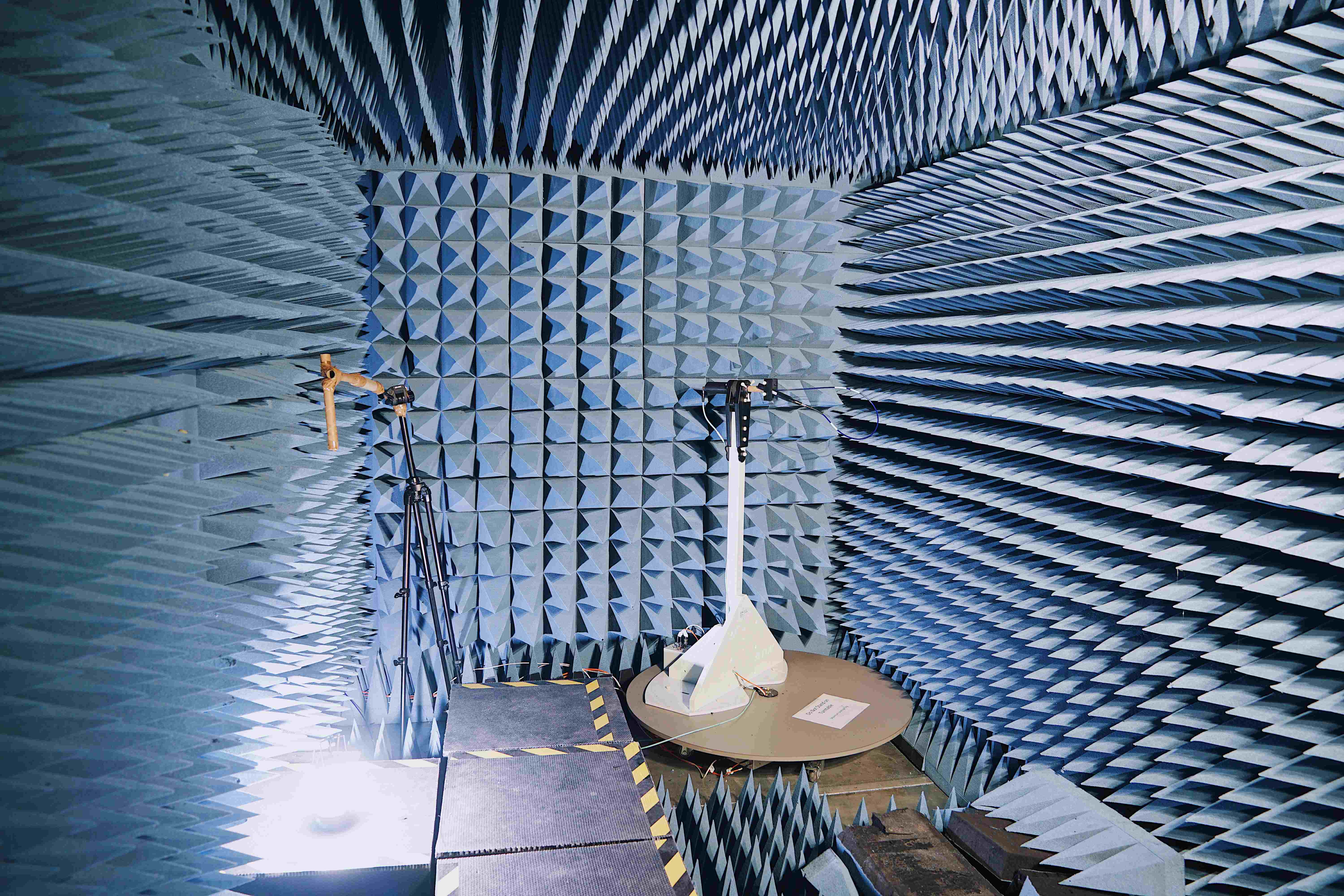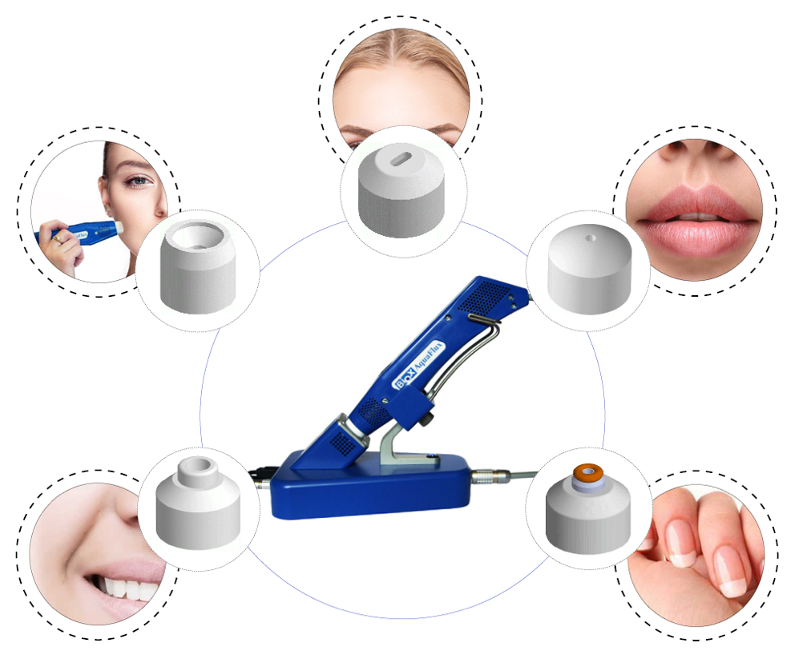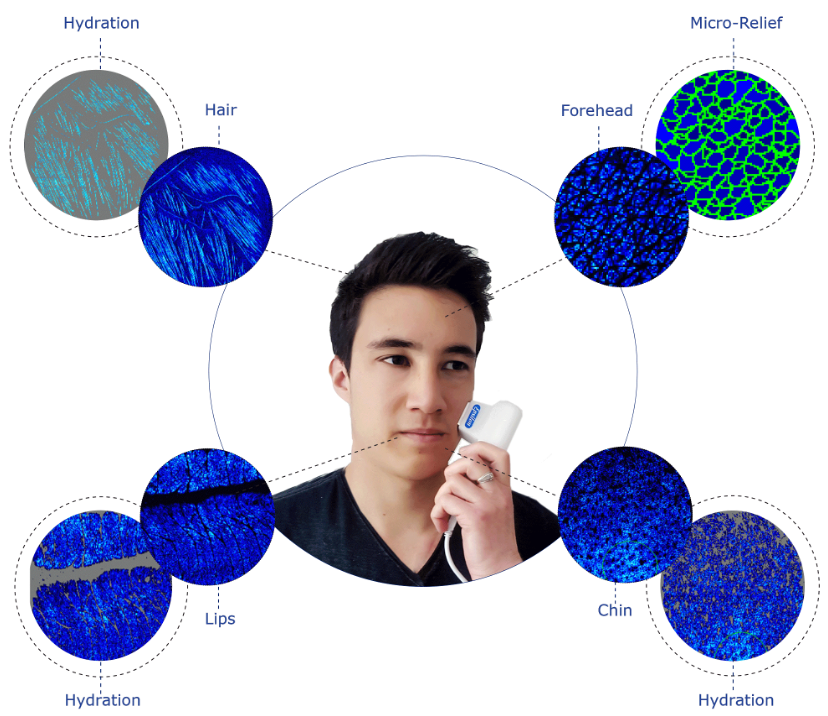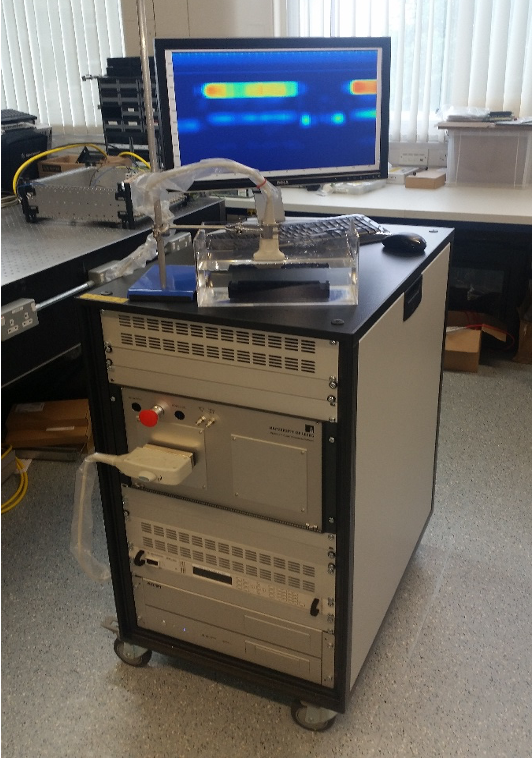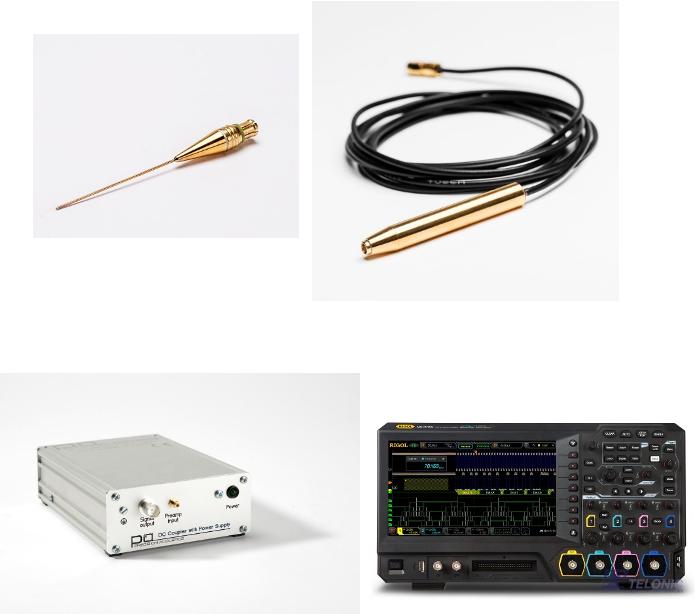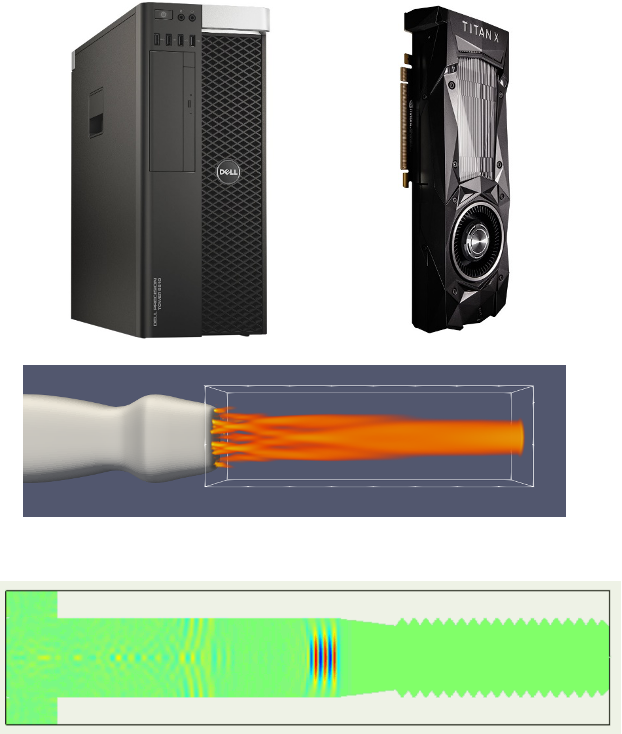Director
Dr Enrico Grisan
Associate Professor in AI
Director of the Bioenngineering and Bioscience Research Centre
school School of Computer Science
contact_mail enrico.grisan@lsbu.ac.uk
key AI, Medical Imaging, Computer-aided Diagnosis, Ultrasound, Endoscopy, Digital pathology
Academics
Eiman Abdel Aleem
Professor in Biomedical Science
school School of Applied Sciences
contact_mail abdelae3@lsbu.ac.uk
key cancer therapy, molecular medicine, hyopoxia, drug resistance, IGF-1R, leukemia
Haydar Aygun
Associate Professor in Acoustics and Building Services
school School of Engineering
contact_mail aygunh@lsbu.ac.uk
key Quantum Acoustics, Ultrasound, Acoustic Materials and Metamaterials, Vibration, Air Conditioning, Heat Pumps, Acoustics Applications in Medical Industry.
Ludovica Brusaferri
Senior Lecturer in Medical Imaging
school School of Computer Science
contact_mail ludovica.brusaferri@lsbu.ac.uk
key neuroscience, medical imaging, MRI, PET, neuroinflammation, migraine, modelling
Sandra Dudley-Mcevoy
Professor of Communication Systems
school School of Engineering
contact_mail dudleyms@lsbu.ac.uk
key remote sensing, non-wearable technology, microwave imaging, gait analysis, breast imaging
Gaspar Epro
Senior Lecturer in Biomechanics
school School of Applied Sciences
contact_mail g.epro@lsbu.ac.uk
key plasticity, human musculoskeletal system, response to mechanical loading, neural and motor system interaction, sports performance
Mohammad Ghavami
Professor in Telecommunication
school School of Engineering
contact_mail ghavamim@lsbu.ac.uk
key microwave imaging, smart card antennas, microwave cancer detection, bone fracture imagin, recovering monitoring
Geoff Goss
Associate Professor in Mechanical Engineering
school School of Engineering
contact_mail gossga@lsbu.ac.uk
key deformations of elastic rods, Cosserat theory, animal whiskers mechanics
Rachel Grant
Senior Lecturer in Bioscience
school School of Applied Sciences
contact_mail grantr11@lsbu.ac.uk
key Behavioural Ecology, Ecology and Evolution, Evolution, Conservation Biology, Animal Ecology, Wildlife Ecology, Wildlife Conservation, Zoology, Biodiversity, Conservation
Sevan Harput
Associate Professor in Electrical Engineering
school School of Engineering
contact_mail harputs@lsbu.ac.uk
key high frame-rate ultrasound imaging, super-resolution methods, 3D ultrasound imaging, signal processing for biomedical imaging, ultrasound sensor modelling and development
Darren James
Senior Lecturer in Musculoskeletal Biomechanics
school School of Applied Sciences
contact_mail jamesd6@lsbu.ac.uk
keyfoot and ankle complex, ultrasound elastography, ligament integrity assessment, mechanical properties of ligaments
Kiros Karaminidis
Professor of Ageing and Exercise Science
school School of Applied Sciences
contact_mail k.karamanidis@lsbu.ac.uk
keyprevention and rehabilitation of sport related injuries,dynamic stability control, mechanical loading, neural and motor system interaction
Pawel Markiewicz
Senior Lecturer in Medical Imaging
school School of Computer Science
contact_mail pawel.markiewicz@lsbu.ac.uk
key neuroscience, medical imaging, MRI, dementia
Julia Mantaj
Senior Lecturer in Pharmaceutical Science
school School of Applied Sciences
contact_mail jula.mantaj@lsbu.ac.uk
key cellular models, vitro models, hydrogel-based therapy delivery, inflammatory bowel disease
Hamed Rajabi Jorshari
Senior Lecturer in Mechanical Engineering and Design
school School of Engineering
contact_mail rajabijh@lsbu.ac.uk
key mechanical intelligence, biomimetics, bioinspired designed, structural reinforcement, lightweight construction, healthcare systems, and robotics
Jiaqiu Wang
Senior Lecturer in Computer Science
school School of Computer, Science
contact_mail jiaqiu.wang@lsbu.ac.uk
key computational modelling, computational biomechanics, medical imaging and processing, fluidic computational models, fluid-structural interaction, OCT, cardiac 4D-CT/MR
Perry Xiao
Professor in Electrical Engineering
school School of Engineering
contact_mail perry.xiao@lsbu.ac.uk/p>
key infrared sensing, electronic sensing, skin measurements, industrial Non-Destructive Testing, thermal diffusivity, photo-thermal radiometry, trans-epidermal water loss.
Research Fellows
Dr Ujwala Bhangale Chaudhari
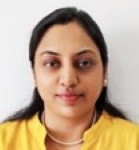
Research Fellow ( AI, HPC)
school School of Computer Science
contact_mailujwala-kiran.chaudhari@lsbu.ac.uk
key AI, Medical Imaging, Endoscopy, High Performance Computing, Geospatial analytics
Doctoral Students
Valentina Vadori
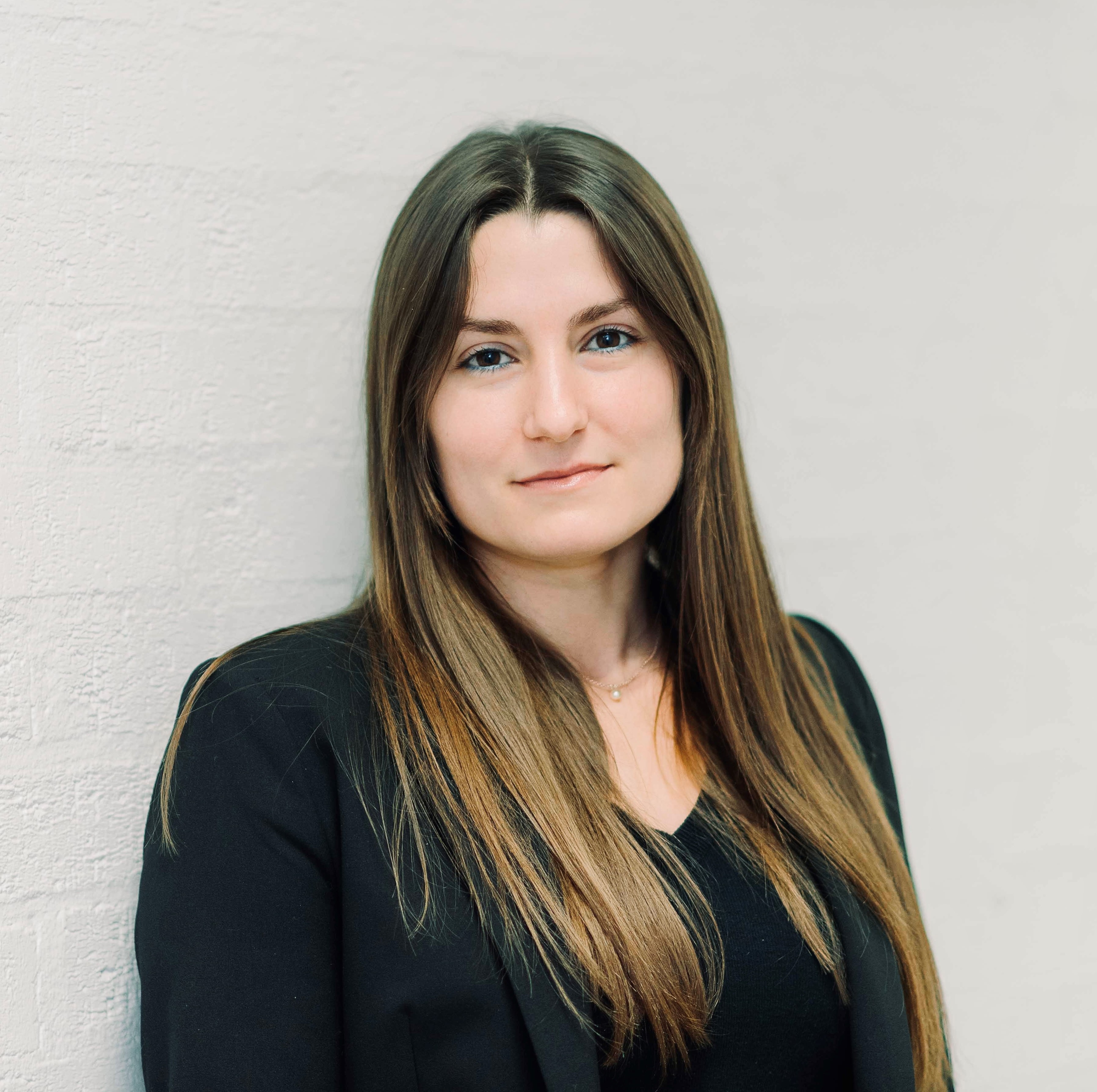
Doctoral Researcher in Biomedical Engineering
school School of Computer Science
contact_mail vadoriv@lsbu.ac.uk
key AI, Medical Imaging, Computer-aided Diagnosis, diigital pathology , histology, neuroscience, cell morphometry
Kolawole Bisi Bode
Doctoral Researcher in Biomedical Engineering
school School of Computer Science
contact_mail kolawolb@lsbu.ac.uk
key AI, Medical Imaging, Endoscopy, Multimodal fusion, Inflammaroty Bowel Disease
Abraham Vaquero
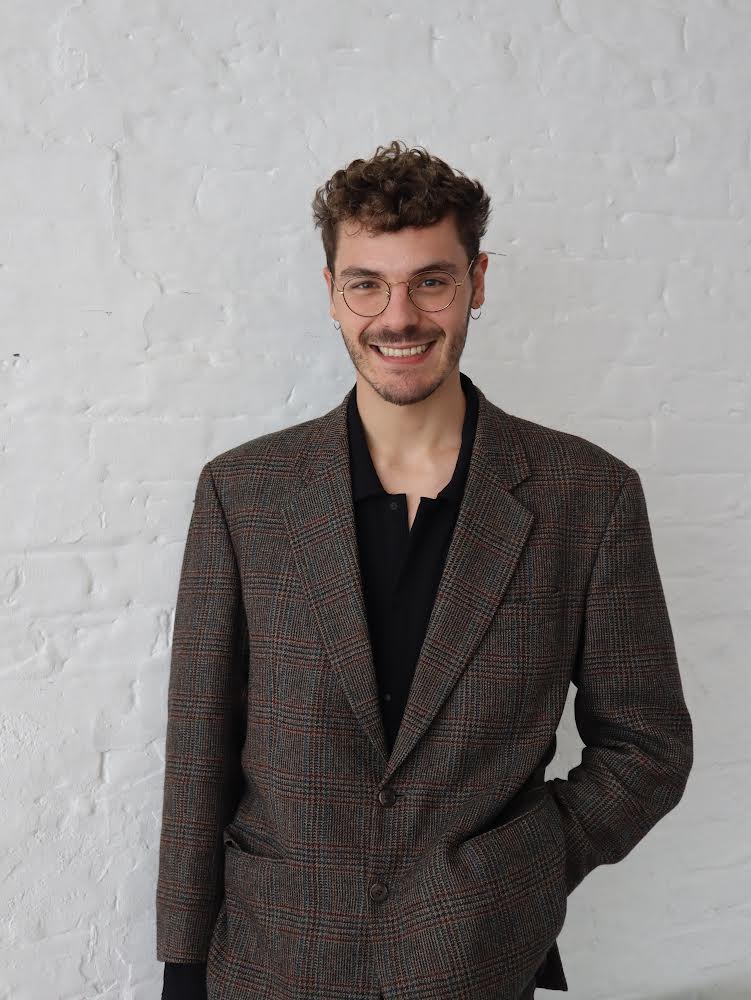
Doctoral Researcher in Biomedical Engineering
school School of Computer Science
contact_mail s4237188@lsbu.ac.uk
key AI, Pharmacometrics, Biomedical Engineering,
Visiting Fellows
Diego Perazzolo
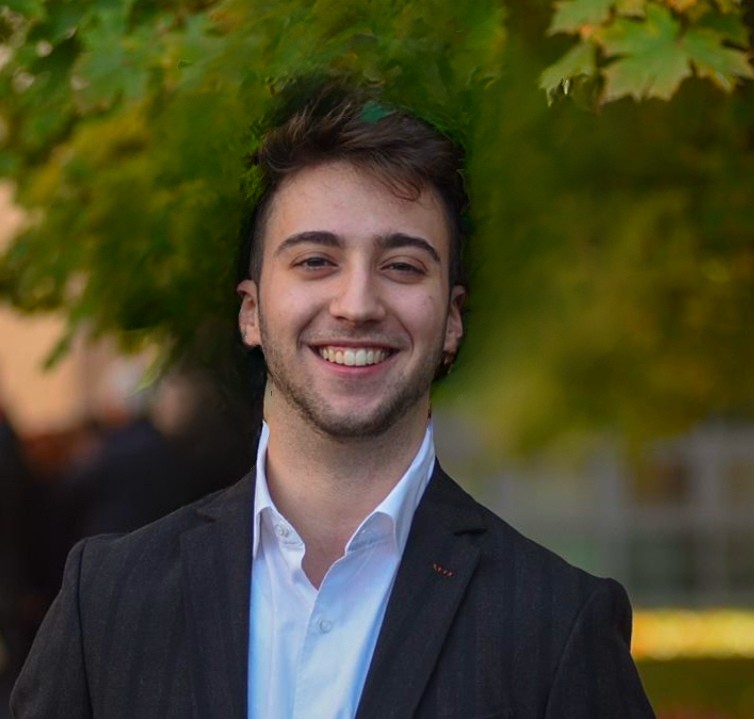
PhD Student
school University of Padova (Department of Cardiac, Thoracic, Vascular Sciences and Public Health)
contact_mail diego.perazzolo.1@phd.unipd.it/p>
key AI, Omics data, Time Series, Clinical Decision Support Systems, Computer-aided Diagnosis, Digital pathology
